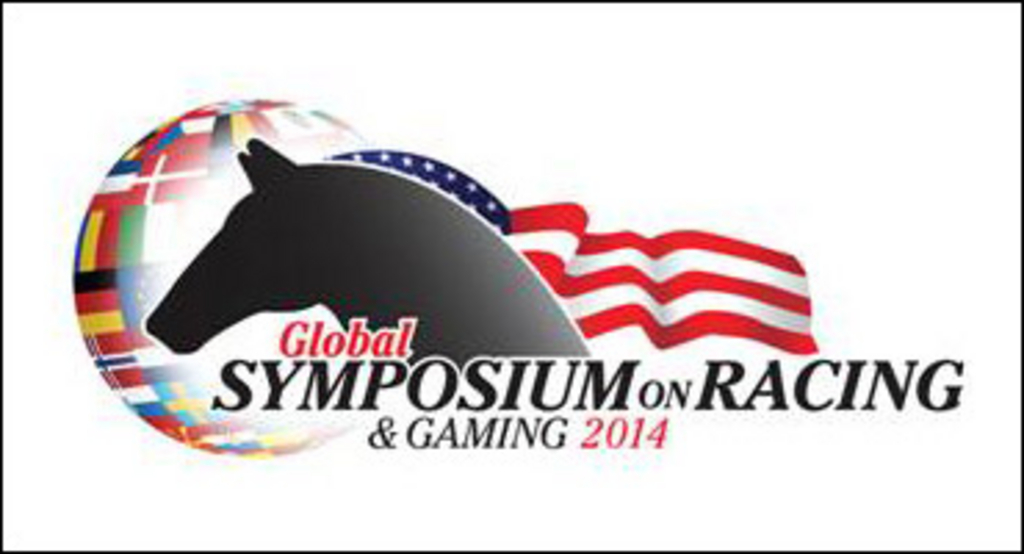Symposium Probes Hot Topics

The 41st Global Symposium on Racing & Gaming got underway on Tuesday at the Westin La Paloma in Tucson with a full day of sessions covering a wide variety of topics.
The impact of small fields in races was the subject of the first two panel discussions and speakers detailed how a decline in foaling rates resulted in declines in horses competing at the track.
Steve Koch, VP-Racing at Woodbine Entertainment Group, said that adding an extra horse to a seven-horse field boosts betting considerably but he said that betting increases at a diminished rate as the field size increases.
Even small increases in handle are welcome, Koch emphasized, but tracks cannot lose sight of the value customers placed on quality races. Each increase of $10,000 in purse money results in an increase of 2.6% in the betting on that race.
Representing horseplayers on the panel, Chris Larmey, of the NTRA NHC Players Committee, said that professional bettors often shy away from betting on races with small fields because a sizable bet can affect payoffs significantly.
“Professional bettors have a big hammer,” said Larmey, referring to the size of their wagers. “If they use that hammer on a small field, they might wind up hitting their thumb by driving down the odds.”
Dr. Jennifer Durenberger, a veterinarian who is Director of Racing for the Massachusetts Gaming Commission, understands the impact of small fields, but sounded a note of optimism for the students in the University of Arizona Race Track Industry Program, the sponsor of the Symposium.
“We’re all on the same airplane,” Durenberger said to the attendees. “The tone of this panel has been sobering, but I want to say to the students in the audience that you’re about to embark on a career in an industry that is just incredible.”
A panel on the role of social media in crisis management in racing resulted in some provocative comments how breaking news has been mishandled by the racing industry.
Maggi Moss, an owner, attorney, and equine welfare advocate, said that each track should have a designed staff person to convey news via social media.
Dave Grening of the Daily Racing Form admitted that the mainstream media is “out of the business of covering racing.”
Rob Sine, VP Ticketing for the PAC 12 athletic conference, spoke to the conference on group sales and emphasized the importance of planning and detailed strategies.
“Hope is not a strategy,” Sine said. “You have to tell your prospective customers what you have to offer them, how it will help their organization, and, most importantly, why they should buy your tickets.”
Sine said that there is a difference between the value and the worth of an event to customers.
“You need to increase the value of your event to the customer,” he said.
Oonagh Chan of the Hong Kong Jockey Club, speaking via Skype, dazzled attendees by telling how her company uses technology to improve the wagering experience.
“At the Hong Kong Jockey Club, we always look at customer preference,” she said, “We don’t look at things from the top down. We are customer-centric in our plans.”
As part of the Symposium, legendary race announcer Tom Durkin was awarded with the “Big Sport of Turfdom” by the Turf Publicists of America. Durkin retired this summer after calling races for more than 40 years and gave a humorous and warm acceptable speech.
Taylor Kirby was named the Outstanding Student for 2014 at the University of Arizona’s Race Track Industry Program.
The Global Symposium on Racing & Gaming continues on Wednesday and concludes at noon on Thursday.
(UA Racetrack Industry Program)

